Image Credit: Image #1: Preservation Maryland / Wikimedia Commons
Image Credit: Image #1: Preservation Maryland / Wikimedia Commons An image from the book Houseraising by Ira Wagner showing an elevated house along the New Jersey shore in the wake of Hurricane Sandy.
Image Credit: Image #2: Ira Wagner
Last month’s flooding of the historic downtown in Ellicott City, Maryland, sent a torrent of brown water down Main Street, erasing millions of dollars in reconstruction carried out after a similar incident just two years ago.
As much of a foot of rain may have fallen over the city of 65,000 just west of Baltimore on May 27, according to The Washington Post. The National Weather Service issued flash flood warnings after 3 to 6 inches of rain fell in two hours, and soon a river was roaring through the city’s business district.
The circumstances were painfully similar to a flash flood on July 30, 2016, when 6 inches of rain fell in just two hours. Two people died when the historic downtown was flooded, gutting more than 50 businesses and causing more than $20 million in damages. Main Street was closed for two months while repairs were carried out.
But this time, some business owners doubt they have the emotional or financial means to carry out another rebuild.
An “uphill battle”
One of those with second thoughts is toy store owner Jason Barnes, who put more than $100,000 into repairs after the 2016 flood, according to an article posted by USA Today.
“I honestly don’t know if we’re going to reopen,” he said. “This is going to be a tough uphill battle, not just for me but for everyone because there are no more reserves, no more backup or savings. Next year, this might be a ghost town.”
In an earlier report, the newspaper spoke with Howard County Executive Allan Kittleman, who said “there are no words to describe the devastation.”
Kittleman said he would not be surprised if business owners along Main Street decided not to reopen after this year’s flooding. “My heart breaks for them,” he said. “They are going to have to make a tough decision. I will support whatever decision they make.”
Barnes said floods “go from inches to feet in the blink of an eye,” and that it would not be worth reopening the area to business if the result was a loss of life.
David Robeson, who owns Antique Depot with other family members, spent more than a month cleaning debris from the flooded basement of their store after the 2016 flood. He’s not sure he wants to go through that again.
“We’ll stay if we can,” he said, “but we just really don’t know what the future holds anymore.”
Move out of harm’s way
Understandably deflated business owners may be having second thoughts, but The Post also reports that the importance of the historic city to Howard County’s culture and economy all but guarantees that the community will be rebuilt a second time.
Ellicott City sits below steep hills at a point where four creeks flow into the Patapsco River. The town was established in 1772 when three Quaker brothers from Pennsylvania built a flour mill on the banks of the river. Flood control was on the agenda before the 2016 flood, and it will take on added importance now, but it’s nothing new there. In 1868, the river rose five feet in 10 minutes, killing 43 people.
Jon Weinstein, a city councilor whose district includes the downtown, said one possibility is moving part of the town farther uphill where it will be less prone to flooding.
A flood analysis after the 2016 flood said development that increased storm runoff was one factor, but couldn’t explain the severity of the flooding. More water retention facilities and improvements in pipes and culverts would make an “appreciable difference” in lowering flood risks. Just before last month’s storm struck, the county was finishing work on a master plan that would have included $80 million in infrastructure improvements, The Post said.
Part of the plan suggested that some buildings on lower Main Street might be rebuilt so open pavilions occupied the first floors while businesses moved upstairs. The idea hasn’t gone over very well with some business owners.
Moving can be tough, too
Whatever the hardship, however, the drive to rebuild can be powerful. Along the New Jersey shore, an area devastated by Hurricane Sandy in 2012, homeowners began elevating their houses to get them out of flood range the year after the storm struck.
The phenomenon was documented by photographer Ira Wagner, who took a series of pictures showing houses sitting precariously on wooden cribwork in the early stages of work. The photos have been collected in a book called Houseraising that will be released on July 1. (One of the photos appears below.)
“Each person had a saga of getting through this,” Wagner said by telephone of the often frustrating process homeowners followed to safeguard their homes in the wake of a crippling natural disaster. “It speaks to something broader, somehow, to have this connection and not being able to leave.”
Weekly Newsletter
Get building science and energy efficiency advice, plus special offers, in your inbox.

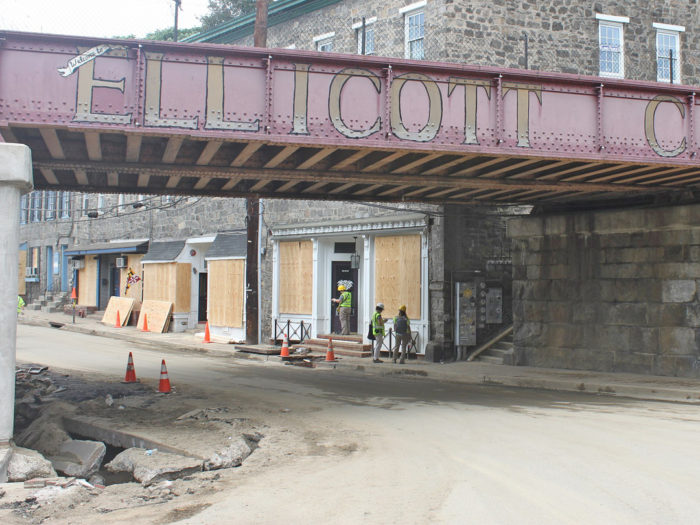




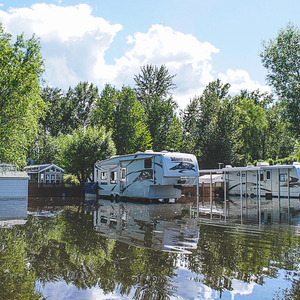
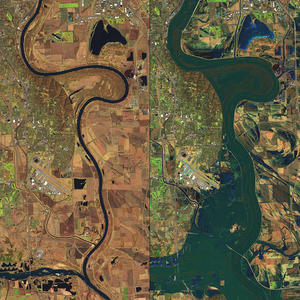
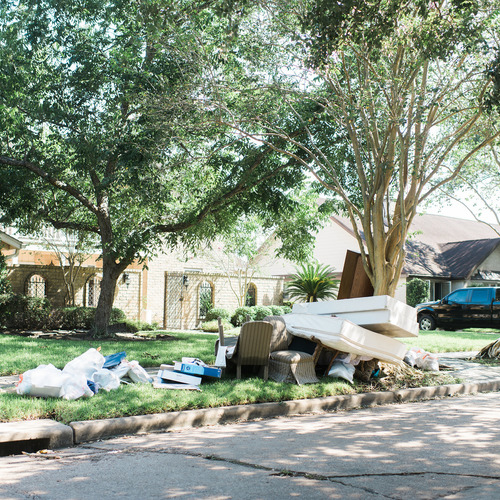
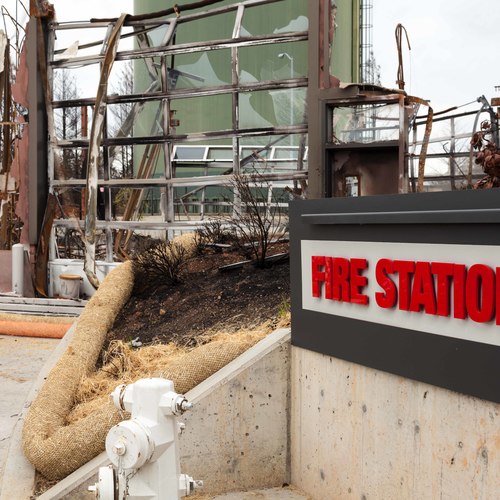






0 Comments
Log in or create an account to post a comment.
Sign up Log in